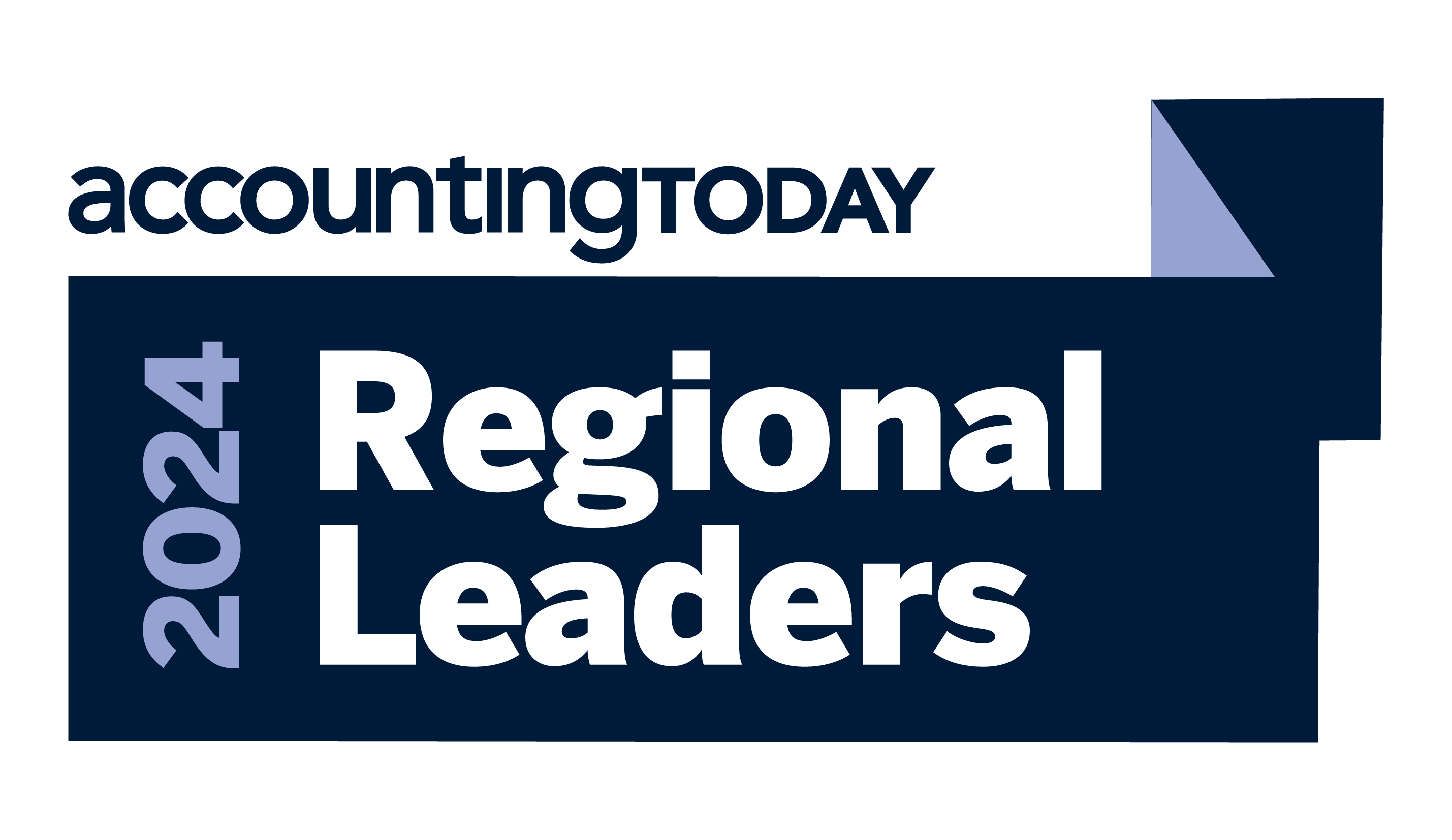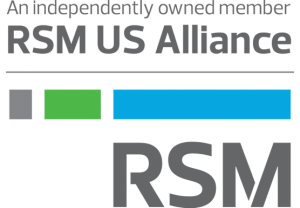Insights
We are proud to be named a West Coast Regional Leader for 2024


COVID-19-related payment info
SENIOR LIVING HEALTH CARE CONNECTION |
Authored by RSM US LLP
Senior living providers have received multiple sources of funding assistance in the battle against the COVID-19 outbreak, with some funding originating from the Coronavirus Aid, Relief and Economic Security (CARES) Act.
A brief outline of some of these payments and related requirements follows:
CARES Act Provider Relief Funds for senior living providers
April 10–17: First round of Phase 1 general distributions
$30 billion distributed based on Medicare fee-for-service revenue (MFFS) payments
April 24: Second round of Phase 1 general distributions
$9.1 billion distributed to MFFS providers based on revenues from Centers for Medicaid & Medicare Services (CMS) cost report data
$10.9 billion distributed to MFFS providers based on revenue submissions to the provider portal
May 22: $4.9 billion allocation for skilled nursing facilities
$50K distributed per facility plus $2,500 per bed
June 9: Phase 2 general distribution
$15 billion to eligible Medicaid providers (including assisted living providers) at 2% of patient service revenues on most recent tax return
August 7: $2.5 billion allocation for nursing homes
$10K distributed per facility plus $1,450 per bed
August 27: $2.5 billion targeted distribution to nursing homes for infection control
Distributed to nursing homes to support increased testing, staffing and personal protective equipment needs
September 1: Phase 2 general distribution for assisted living facilities
Announced assisted living facilities may now apply for funding
September 3: Nursing home incentive payment plans
Announced $2 billion performance-based incentive payment distribution
October 1: Phase 3 general distribution
Announced $20 billion in new funding for providers on the frontlines of the coronavirus pandemic
October 28: First round of nursing home incentive payments
$333 million in first round performance payments to over 10,000 nursing homes.
On Oct. 22, 2020, updated reporting requirements (for all except for the Nursing Home Infection Control targeted distribution) were issued. Per these reporting requirements, the reporting for the funds used for expenses attributable to coronavirus, not reimbursed by other sources, or for lost revenues (as defined) for the period ended Dec. 31, 2020 will be due by Feb. 15, 2021. If there are unused funds on Dec. 31, 2020, a second and final report for the period Jan. 1, 2021–June 30, 2021 will be due by July 31, 2021.
In addition, any reporting entity that expended more than $750,000 in aggregated federal financial assistance in 2020 will be subject to compliance audits requirements as set forth in the regulations in 45 CFR 75.501.
Multiple health care-related trade associations have requested further guidance concerning the aforementioned reporting requirements related to CARES Act Provider Relief Fund distributions. We hope to gain more clarity regarding this issue over the next few weeks.
See the Health & Human Services (HHS) website for more information regarding the reporting requirements and auditing.
Paycheck Protection Program (PPP) loans
Many senior living providers received PPP loans, created through the CARES Act and administered by the Small Business Administration (SBA), in 2020. Through a PPP loan, businesses can obtain 2.5x their average monthly payroll or $10,000,000, whichever is the lesser amount.
The debt will be forgiven to the extent that proceeds are used in a maximum 24-week period following the receipt of the loan and that proceeds are used for payroll costs, interest on certain mortgages, utility expense and rent expense. No more than 40% of the loan forgiveness may be attributed to non-payroll costs. The amount forgiven will be reduced by a formula that takes into consideration any reduction of workforce or wages.
Once the loan forgiveness application is submitted, the lending institution has 60 days to approve the forgiveness application and the SBA then has an additional 90 days to approve the application. There is a simpler loan forgiveness application that can be used by borrowers with a total loan amount of $50,000 or less. In addition, there is proposed legislation that expedites forgiveness for loans under $150,000. Based on comments made by the Treasury, PPP loans in excess of $2,000,000 will face additional review or audits before forgiveness is granted.
See the SBA website for more information on PPP loans and related forgiveness.
Medicare Accelerated and Advance Payment Program
This Medicare loan program allows CMS to make advance payments to providers. The program is typically used in emergency situations. CMS issued $106 billion in payments to providers and suppliers in order to alleviate the financial burden health care providers faced while experiencing cash flow issues in the early stages of the coronavirus pandemic.
Providers were originally required to make payments starting in August 2020, but repayment has been delayed until one year after payment was issued. After that first year, Medicare will automatically recoup 25% of Medicare payments otherwise owed for 11 months, and recoupment will increase to 50% for another six months. If the provider is unable to repay the total amount of the advance payments during this timeframe, CMS will issue letters requiring repayment of any outstanding balance, subject to an interest rate of 4%.
Here is the CMS fact sheet for more information related to this program.
Let's Talk!
Call us at +1 213.873.1700, email us at solutions@vasquezcpa.com or fill out the form below and we'll contact you to discuss your specific situation.
This article was written by RSM US LLP and originally appeared on 2020-11-02.
2020 RSM US LLP. All rights reserved.
https://rsmus.com/what-we-do/industries/health-care/long-term-senior-living/senior-living-health-care-connection/covid19-related-payment-info.html
RSM US Alliance provides its members with access to resources of RSM US LLP. RSM US Alliance member firms are separate and independent businesses and legal entities that are responsible for their own acts and omissions, and each is separate and independent from RSM US LLP. RSM US LLP is the U.S. member firm of RSM International, a global network of independent audit, tax, and consulting firms. Members of RSM US Alliance have access to RSM International resources through RSM US LLP but are not member firms of RSM International. Visit rsmus.com/about us for more information regarding RSM US LLP and RSM International. The RSM logo is used under license by RSM US LLP. RSM US Alliance products and services are proprietary to RSM US LLP.

Vasquez & Company LLP is a proud member of the RSM US Alliance, a premier affiliation of independent accounting and consulting firms in the United States. RSM US Alliance provides our firm with access to resources of RSM US LLP, the leading provider of audit, tax and consulting services focused on the middle market. RSM US LLP is a licensed CPA firm and the U.S. member of RSM International, a global network of independent audit, tax and consulting firms with more than 43,000 people in over 120 countries.
Our membership in RSM US Alliance has elevated our capabilities in the marketplace, helping to differentiate our firm from the competition while allowing us to maintain our independence and entrepreneurial culture. We have access to a valuable peer network of like-sized firms as well as a broad range of tools, expertise and technical resources.
For more information on how Vasquez & Company LLP can assist you, please call +1 213.873.1700.
Subscribe to receive important updates from our Insights and Resources.